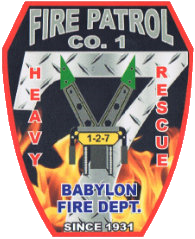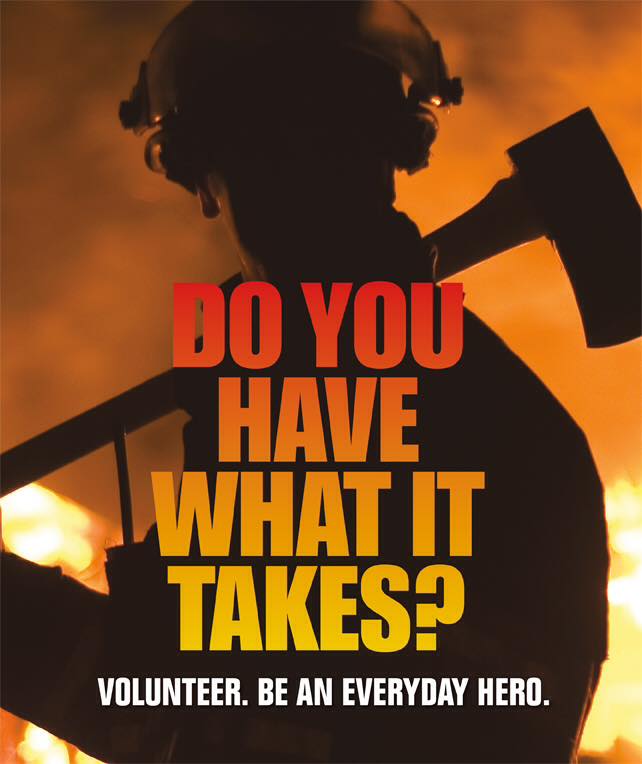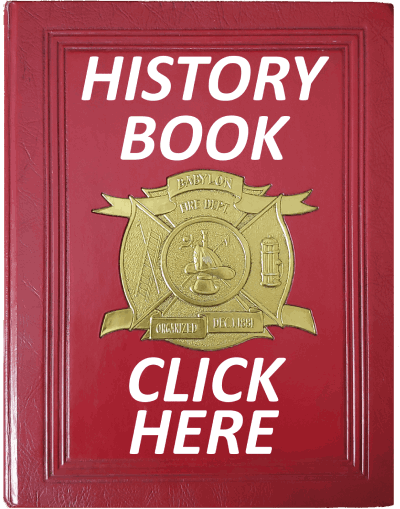Fire Patrol Company No. 1


1997 Simon-Duplex/Saulsbury
The Fire Patrol Company No. 1 is the youngest company of the Babylon Fire Department. Its charter meeting was held on January 5, 1931 when seven interested and concerned men formed a unit that would provide a greater measure of safety and surveillance at fire scenes. The charter members were Edward Ward - Captain, Charles Gaffga, Joseph Ford, E.H. Southard, Ellis Wilmont, W. Pearsall, and N. Pearsall. Originally there was a minimum age of 25 required to join the company in order to foster a "more mature" membership, which lasted until 1975 when the age requirement was reduced to 18.
The first vehicle provided to the Fire Patrol was the REO truck formerly used by the Electric Hose Company and the primary duties were traffic control, maintaining fire lines, and assisting other companies as needed.
In 1935 a Diamond "T" truck, fitted with floodlights and a portable generator was delivered. At this point, the character and purpose of the company was established. This apparatus served well for the next twenty years. During this period the company members provided lighting, crowd control, traffic direction, and an added level of safety for our firefighters and civilians alike.
From 1953 until 1979 a Ford truck equipped with large incandescent floodlights served the company. This apparatus provided powerful lighting, was equipped with ventilation equipment, auxiliary tools, and salvage equipment for additional operations. In 1975 the truck was equipped with Scott Air Paks. Fire Patrol responsibilities were expanded with these additional capabilities, a trend that still continues today. In addition to allowing for more effective appraisals and attacks at fires, the Fire Patrol could now play a more active role in incident operations.
In 1979 the Fire Patrol petitioned and defended successfully, the belief that a new truck was needed and deserved. In August 1980, a 1979 GMC Grumman-built, 4-wheel drive utility style truck was purchased for the company. The vehicle was equipped with floodlights, generator, compressor, and a Scott Air cascade system which allowed for SCBA units to be re-filled at an incident, extending the operating time for firefighters. This allowed for increased interior search and fire suppression capabilities for the whole department.
In 1982 a Hurst tool complete with hydraulic pump, spreader, and ancillary parts was provisioned. 1-2-7 now carried the "Jaws of Life" and was capable of performing extrication operations. The members trained hard and competed in J.O.L.T. to hone their skills. The Company’s primary role had slowly morphed from one of incident control, lighting, and salvage to that of an active heavy rescue unit.
With expanded rescue operations in mind, an order for Vetter air bags was placed in September of 1986. The units were delivered, members trained, and the equipment was put in service by November of 1986. This equipment enabled 1-2-7 to respond to and support lifting operations such as collapses, heavy vehicle incidents, and railroad accidents. In 1989 large fire extinguishers were installed on the rear tailboard.
In 1993, the Fire Patrol successfully petitioned the Board of Wardens for a replacement for the GMC. After several years of committee work by dedicated members of the company, the current apparatus, a 1997 Simon-Duplex/Saulsbury heavy rescue truck was delivered in April of 1998. The truck is equipped with a 10-Man Crew Cab, a 9,000 Watt telescoping quartz light tower, a 12.5 KVA PTO Generator, an inflatable rescue boat with outboard motor, an on-board air supply for pneumatic tools, and a full complement of rescue tools and equipment. The Fire Patrol has become the heavy rescue unit that responds as a truck company to all incidents but is first due at motor vehicle accidents and technical operations. The company takes pride in this role and trains aggressively to maintain their expertise.
Unit 1-2-7 has seen many new equipment additions including most recently a full compliment of Amkus Ion battery powered rescue tools.
In addition to the time spent training and responding, the company spends time researching and investigating new rescue techniques and tools to ensure our response abilities meet the latest needs of the community.
 1979 GMC/Grumman
1979 GMC/Grumman

1953 Ford







